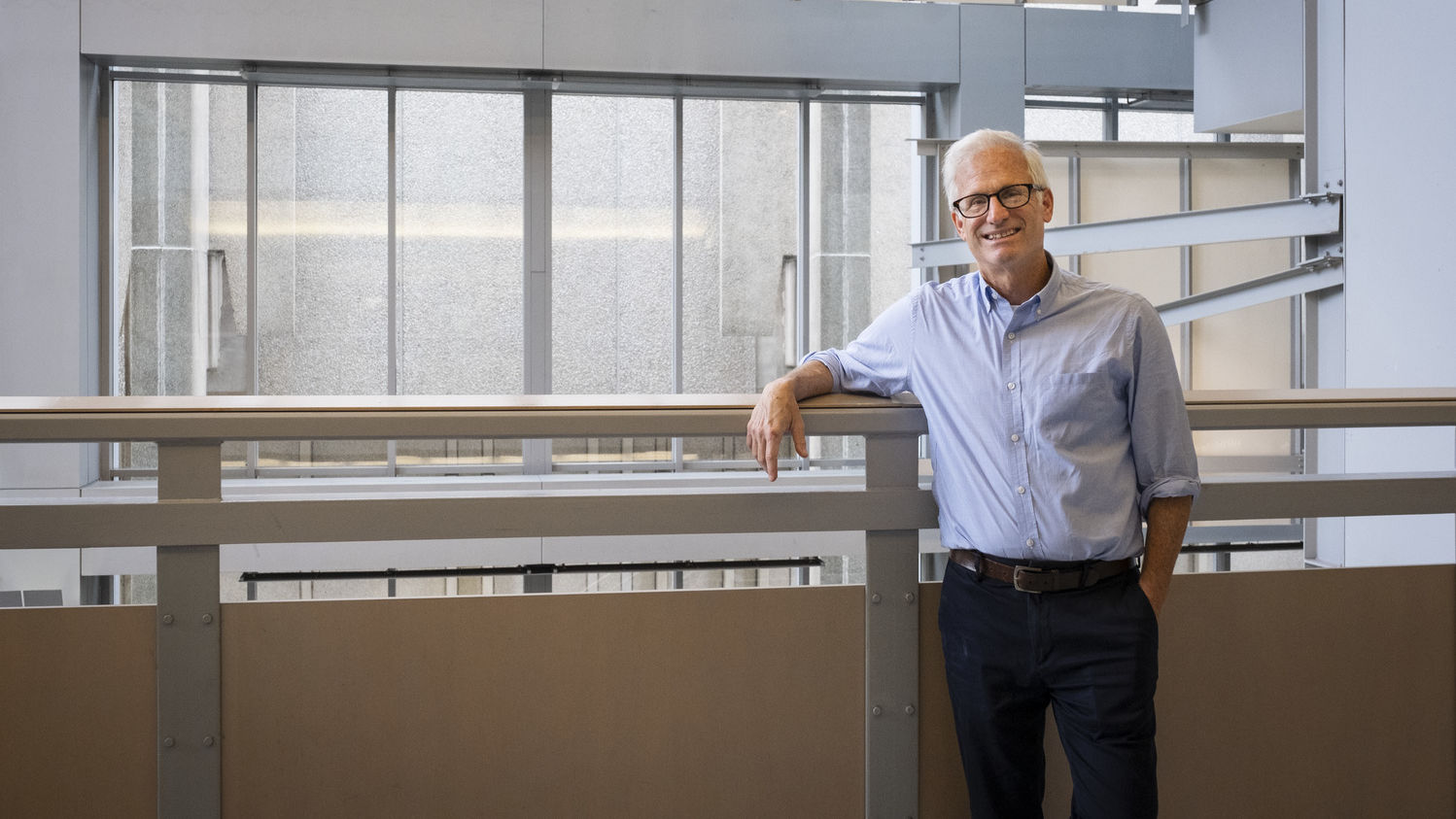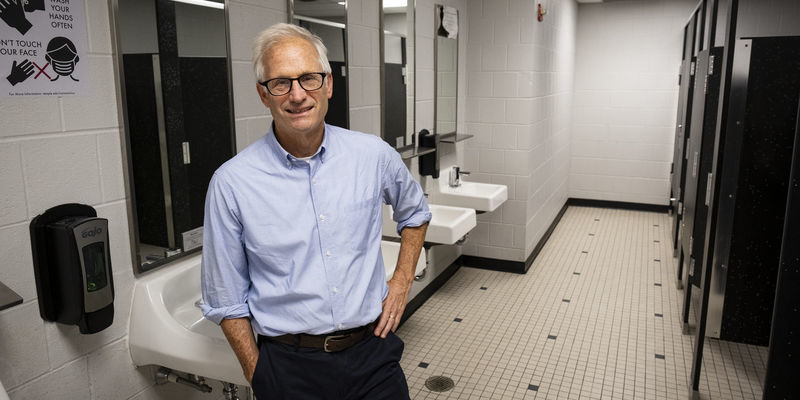What makes the Super Bowl so super?
Temple University faculty members discuss the longstanding popularity of the Super Bowl and why it continues to captivate audiences year after year.

When it comes to large-scale events that captivate the American public, there is nothing quite like the Super Bowl. For nearly 60 years, it has served as the United States’ cultural hallmark, which is sure to remain the case as the Kansas City Chiefs and San Francisco 49ers prepare to play in the 58th installment of the game this weekend.
For context, consider that last year’s Super Bowl between the Philadelphia Eagles and Chiefs was the most-watched U.S. telecast of all-time. For comparison’s sake, last year, the Academy Awards touted that its ratings were up, but it was still the third least-watched Oscars on record. Just one year earlier, in 2022, the Winter Olympics in Beijing garnered the lowest U.S. television ratings in Winter Olympics history.
Today, Americans have more options for content than ever before and thanks to smartphones and tablets, they also have more and more avenues to pursue that content via streaming. In terms of entertainment, the big draws are not what they were before, yet the Super Bowl is proving to be the exception to that rule.
In addition to the record television ratings, this year, a 30-second Super Bowl advertisement will cost $7 million, which is—you guessed it—another record. It also represents a 200% increase from the last 20 years, including 75% in the last decade.
So why does the Super Bowl appear to be so unflappable compared to all major entertainment events? According to Bryant Simon, a professor of history in the College of Liberal Arts at Temple University, it starts with the game.
“Basically, the game just works,” said Simon, who studies both American history and society. “I think that is one important thing. It is just one game, and it’s a winner-take-all game. If you’re a Major League Baseball fan, there’s something amazing about a seven-game series, but that requires seven watches, right? This doesn’t require anything but for you to watch one simple game, and you know, for all the intricacies of football, it’s easy to follow. The score is pretty easy to follow, and there are all these metaphors of war that make it easy to follow. There is also this potential for violence and chaos and this element of control, so all together, it’s this intoxicating mix.”
Fans may tune in for the game, but they often stay for the advertisements and spectacular halftime performances. Each year, the halftime show outdoes its predecessor from the previous year, and this year will certainly be a spectacle as well, with multiplatinum R&B star Usher set to perform.
Altogether, the high-stakes game, stellar halftime performances and creative ad campaigns have cemented the Super Bowl as the quintessential snapshot of American pop culture. But, as hard as it may be to believe, it was not always this way.
Consider that in 1967, during the very first Super Bowl, the halftime show featured marching bands from the University of Arizona and Grambling State University along with flying pigeons and balloons.
“You must recognize, first, that the Super Bowl, as it is now, is just 25 to 30 years old. When I was a kid, there was no watching of commercials. There was no sense then that the Super Bowl was a day off,” Simon said. “It took them probably at least 20 years to develop the formula and then another 10 or so to perfect it.”
Jennifer Freeman is an assistant professor of instruction in the Advertising Department of Temple’s Klein College of Media and Communication, and she specializes in advertising research and strategy.
According to Freeman, from an advertising perspective, the real turning point came in 1984 with the Apple Macintosh commercial.
“That’s so iconic in that it changed the way that advertisers perceive an ad,” Freeman said. “From then on, they started to see that it could be more of a spectacle, even like a film. In this instance, they had Ridley Scott direct it, and that is exactly what Apple went for.”

This year, a 30-second commercial during the Super Bowl will cost $7 million. According to Jennifer Freeman, an assistant professor of instruction in the Advertising Department of the Klein College of Media and Communication, it remains a solid investment as nothing can reach audiences quite like the Super Bowl. (Contributed photo)
From there, there was a snowball effect in terms of the grandeur of Super Bowl advertisements, and that is what has led us to the $7 million price tag that we see for advertisements today.
The cost for a Super Bowl commercial in 1984 certainly was not cheap ($525,000) but even when accounting for inflation ($1,549,967.76), the cost of an advertisement today is nearly five times more. It is a steep price to pay, but that is for good reason.
“One hundred percent it is a great investment,” Freeman said. “It’s not just $7 million for the ad. It’s $7 million for all the things that surround that ad. This is one of the very, very rare times where people look forward to ads.
“The Super Bowl is so unflappable when compared to some of the other big events because it’s a magnet for sports fans, but it’s not just sports fans. It’s one of the few ‘cultural campfire’ moments in our society, because there are very few moments where we all get together. We are gathering around with friends and families; we are making lots of snacks. We are looking forward to being entertained. There is nothing else quite like it,” Freeman added.
As hard as it may be to believe, Freeman noted that this year’s Super Bowl may potentially have an even larger audience given the extra attention generated by Taylor Swift. The pop star has been a staple at Kansas City Chiefs games this year to cheer on her boyfriend, Chiefs tight end Travis Kelce. Swift has a concert in Japan the night prior to the big game, but fans can rest easy as Japanese diplomats have already confirmed she should make it Las Vegas for the game with plenty of time to spare.
So, in the immediate future, all signs point to the Super Bowl continuing to keep its hold on America. That said, if its grip does ever start to loosen, it would not be the first large-scale event to experience such a fall. As previously mentioned, award shows and the Olympics have struggled to maintain their popularity, and other events have faced challenges, too.
“There were other unifying moments previously in American culture. Baseball’s hold on America was intense. Television series finales used to be a massive thing. For instance, the Mash finale was this big cultural thing. Political conventions had that hold at one point where everybody would watch them. And one of the events that is the closest and might have been even more popular than the Super Bowl was the 1969 Miss America Pageant,” Simon said.
While all those events may have been cultural hallmarks at one point or another, none proved to have the staying power of the Super Bowl. It does not seem to be slowing down, either.
“By evolution, it has become this kind of cultural phenomenon. It also doesn’t require anything but a television, and that right there is penetration into like 90% of the American population,” Simon said. “So, even if you don’t like football, you can still eat, you can still drink a light beer, you can still watch commercials and you can still watch the halftime show.”


